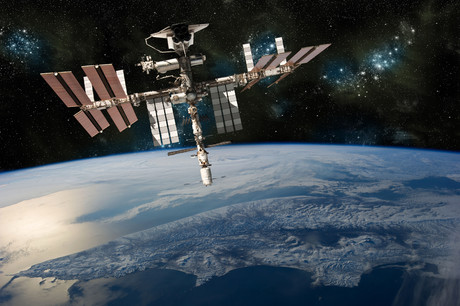Full operational capability for space surveillance radar

Australia’s space surveillance radar has now reached full operational capacity.
The full capability of the relocated C-Band space surveillance radar system is a major project milestone for the Australian Defence Force and United States Air Force (USAF).
The joint initiative between the US and Australia will enable better protection of the country’s space-based capabilities.
“The C-Band radar operated from Harold E. Holt Naval Communication Station near Exmouth, Western Australia, is the first low-earth orbit space surveillance network sensor in the Southern Hemisphere,” said Minister for Defence Marise Payne.
The C-Band space surveillance radar system was previously based in Antigua, where it was used by the United States for telemetry tracking of space launches from Cape Canaveral.
“The C-Band radar system was gradually relocated to Harold E. Holt from 2014 and operates as a sensor node in the US global Space Surveillance Network.
“In its new location the radar provides both Southern and Eastern Hemisphere coverage that will lead to improved positional accuracies and predictions.
“It can accurately track several hundred objects a day and identify space debris and satellites,” Payne said.
The relocation of the radar has occurred on schedule due to the close cooperation between Defence’s Capability Acquisition and Sustainment Group and the USAF.
ACMA releases latest five-year spectrum outlook
The ACMA has released its Five-year spectrum outlook (FYSO) 2025–30, providing an overview...
It is possible to beam up quantum signals, scientists find
Quantum satellites currently beam entangled particles of light from space down to ground stations...
Critical security flaws uncovered in global mobile networks
Unauthorised attackers could remotely manipulate internal user information in LTE core networks...




